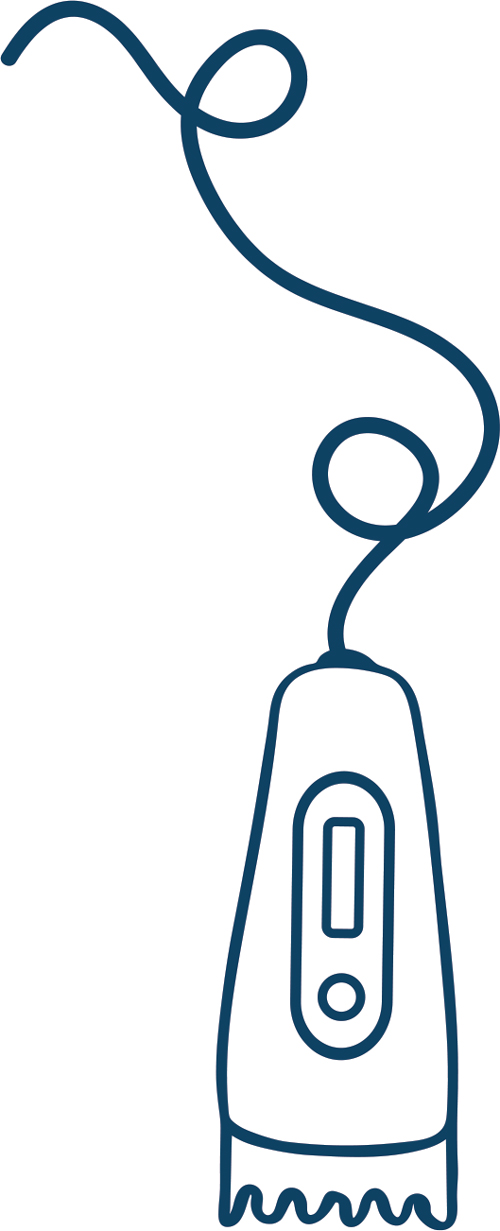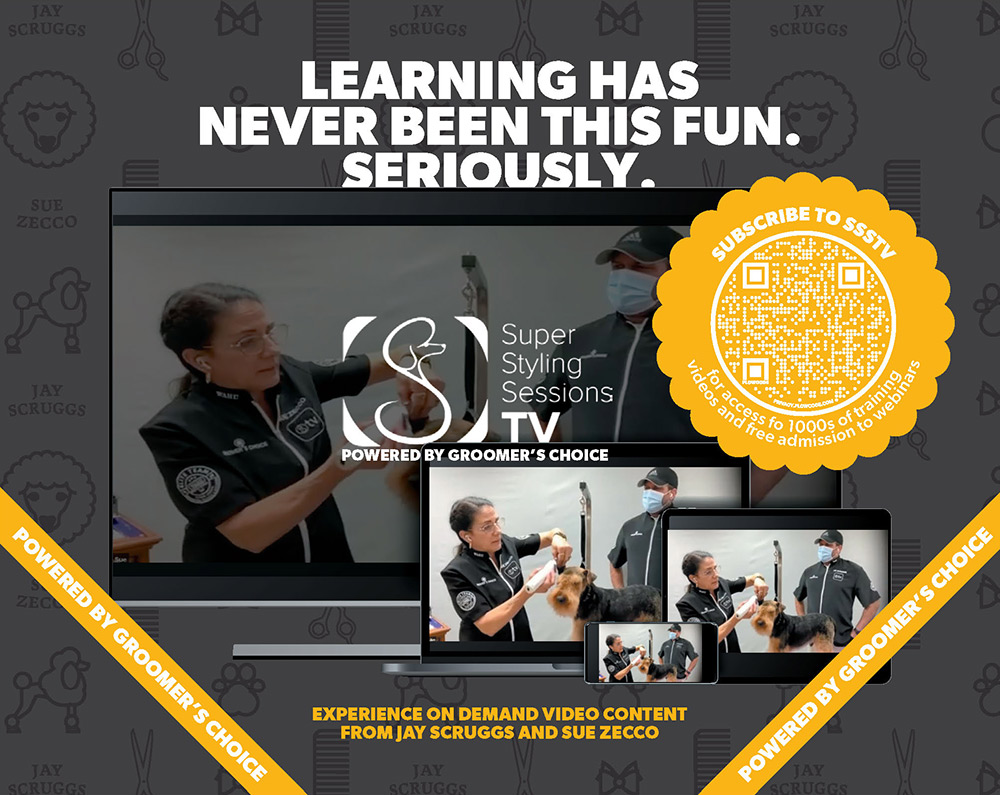
hen it comes to pet grooming, our tools are essential. Most of us know the horror of having some indispensable implement break and trying to do our job without it. But did you ever consider that sometimes the way we use our tools or products is potentially dangerous? Read on for a list of 10 common ways that we use (or misuse) our tools that should be avoided and why…
Clipper blades are not inexpensive, and when one gets a few teeth smashed, it’s a blow. It can be tempting to keep using it, but it’s best not to. Broken blades not only leave an uneven finish, but they can also scrape or cut the pet. Some people try to use them under guard combs, but this can be a problem too; catching hair in the comb, cutting irregularly or even splintering further while being used, causing injury to the pet. Retiring broken blades is the wiser choice. One should also avoid using clipper blades that are dull, as they can cause skin irritations. Blades should always be clean and properly oiled to prevent overheating, which can also damage skin and coat.
I get it…we all have favorite brushes; the ones that feel so familiar in our hands and work just the way you want to get through specific coats. But, sadly, even expensive brushes don’t last forever. Their bristles become bent, twisted and worn. And those damaged bristles can cause damage to hair that can only be seen under a microscope, which may contribute to future matting. They can also scratch and irritate pets’ skin. It’s a heartbreaker, but toss those beloved, old brushes and treat yourself to a new one (or two).
Sadly, the same goes for combs. If the finish on the teeth is chipped, damaged, bent or even broken, they are apt to damage skin and coat. So, retire that well-used tool and let it have a much-deserved rest.
Many of us mix concentrated shampoo and/or conditioner with water into smaller bottles for daily use, and it can be tempting to save leftover products in those bottles to use the following day. However, this is not recommended, because once the shampoo or conditioner is diluted with water, the amount of preservatives the manufacturer adds to keep the product stable is also diluted. Bacteria from the environment or from improperly cleaned bottles can begin to multiply. Even before the diluted contents smell bad, they can carry enough bacteria to harm pets. The safest option is to discard any diluted products at the end of each day, sanitize the bottles and let them air-dry before reusing.
Electrical cords are meant to be securely insulated, so the live wires may be exposed if they are frayed or damaged. (For instance, if an errant puppy chews on one!) Using damaged cords can result in shocks or even electrical fires. Cords can be replaced in most cases, but the tool should not be used until the problem is resolved. The same goes for plugs that are missing the third grounding prong. Broken plugs can be replaced but are unsafe to use until then.

A good cage dryer will work for many years, but it’s common for the timers on them to give up the ghost. Using a cage dryer without this safety feature is dangerous and can potentially lead to overheating pets.
I’m embarrassed to look back and remember that when I was trained, we often pointed the nozzle of a stand dryer into a cage with a pet in it. Thankfully, I have learned better. Stand dryers produce higher temperatures than cage dryers do because they are designed to be used while working on a dog or cat that is on a table in the open air—not a pet in an enclosed cage. When used as a cage dryer, a stand dryer can cause a pet to overheat and/or suffer burns.
It can be tempting to keep towels around for too long, but old towels cannot absorb water efficiently. Worse yet, if they are frayed or have holes in them, they can cause injury to pets if left with them in a cage. Frayed towels can have loose threads which a dog might chew off and swallow. If the towel has holes, a pet can get its head or a limb caught which offers a variety of potentially dangerous outcomes if the fabric becomes twisted while the pet is trying to escape.
Super-absorbent towels are a blessing to hard-working groomers, cutting down drying time to a remarkable degree. Using the same towel on pet after pet can be tempting, but you risk spreading bacteria and fungus between pets. Towels should be soaked in the disinfectant of your choice between pets or washed at the end of the day after a single use.
The blades on nail trimmers eventually become dull from regular use. Dull blades cause pressure and may even crush claws rather than cutting them clean. I believe that many pets dread nail trims because they experienced uncomfortable trims from a blunt tool.
Keeping grooming tools in good repair and using them the way they were intended to be used is one hallmark of a careful, experienced pet stylist. The safety of the pets we care for is best ensured when we use our tools and products properly.
